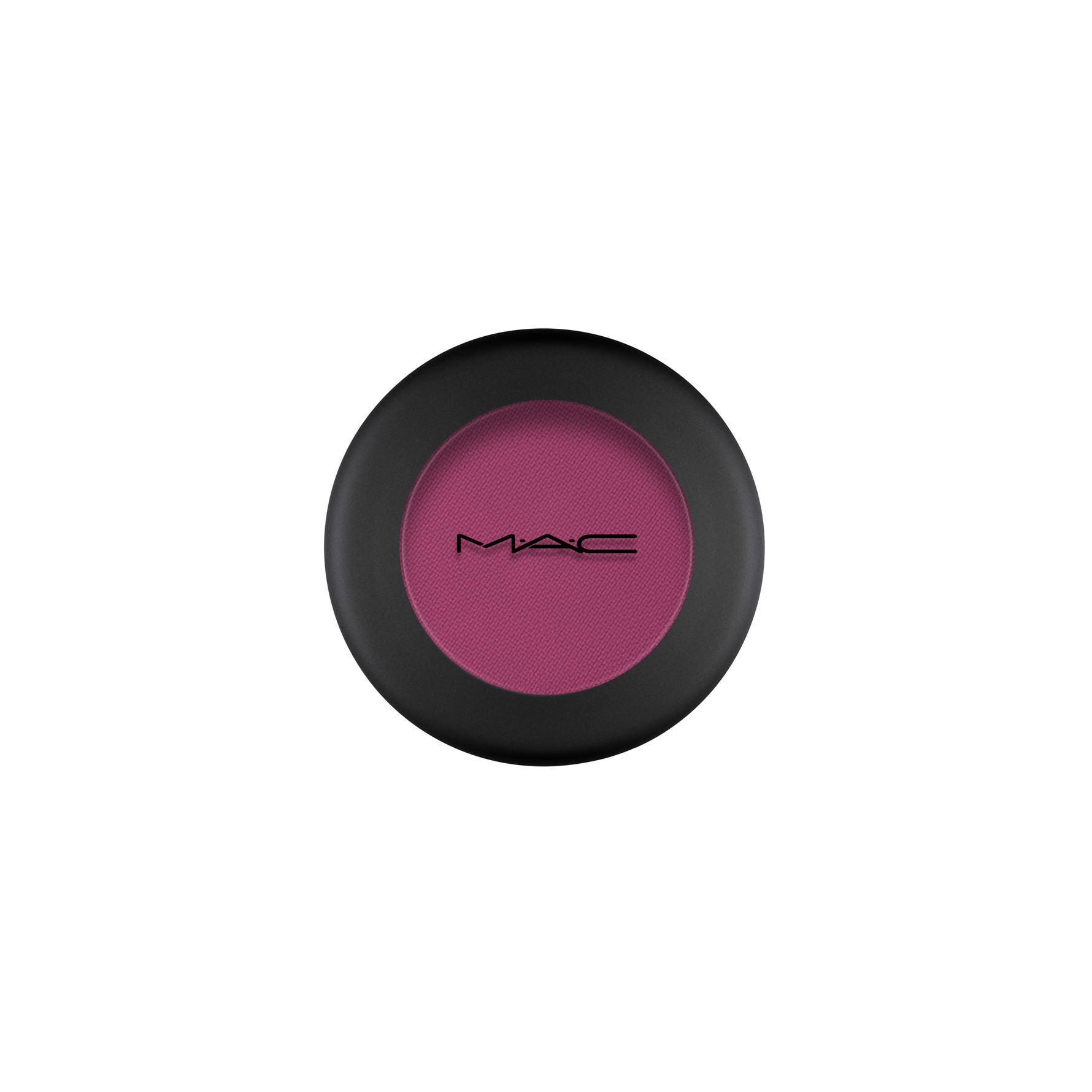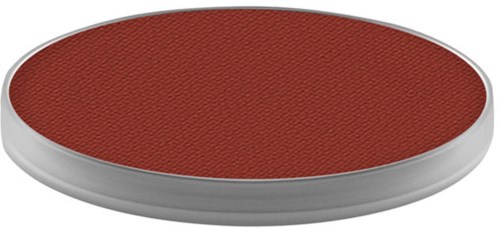

Replace the many Stationary Light shadowing techniques with a single, unified pathĬonceptually, virtual shadow maps are just very high-resolution shadow maps. Provide a simple solution that works by default with limited amounts of adjustment needed Plausible soft shadows with reasonable, controllable performance costs Significantly increase shadow resolution to match highly detailed Nanite geometry Virtual Shadow Maps have been developed with the following goals:


Rotation: Sets the rotation of the shape selected above.More blades tend to give a smoother blur and higher quality results. Shape: Select a shape based on the number of blades you wish to be used for the iris.The View Iris option can be useful for dialing in the shape of the iris. These can then be rotated and warped using the curvature, pinch and shift options to create custom shapes. Iris: The iris section can be used to switch between multiple primitive shapes.Reducing quality also allows the effect to render more quickly. If you are trying to match your footage to other footage shot with a lower quality lens, reducing the quality may help. Quality: Defines the visual quality of the blur.The bokeh shape can be further customized in the Iris section. Lower threshold and higher brightness will make the bokeh more obvious. Specular Brightness: Sets the brightness of the specular highlights.Specular Threshold: Sets the luminance level above which highlights will be blown out to white, rendering as specular highlights based on the Iris settings below.A larger focal range will cause more of the frame to remain in focus, while a small focal range will cause a shallower area to remain in focus. Focal Range: Defines the depth of field.This is analogous to changing focus on your camera. Focal Distance: Is used to rack focus based on the depth map, adjusting which point on the map is in focus.

Radius: adjusts the strength of the blur.Source Channel: You can use various channels from the source layer as the depth map, such as luminance and alpha.Source Layer: Can be optionally used to apply a depth map, as shown in the example above.The rest of the image, being black, is fully blurred. The circle at the top keeps the face in focus, while the left-to-right gradient oval causes her arm to become progressively more blurred. This is based upon a simple depth map created by hand: Note how the face remains in sharp focus while the rest of the image becomes progressively more blurred. Here’s an example of lens blur in action, followed by the original frame without blur: It can be used in conjunction with a depth map to selectively blur different areas of the frame to different degrees. The lens blur is designed to more closely mimic the depth of field bokeh effects created by real lenses.


 0 kommentar(er)
0 kommentar(er)
